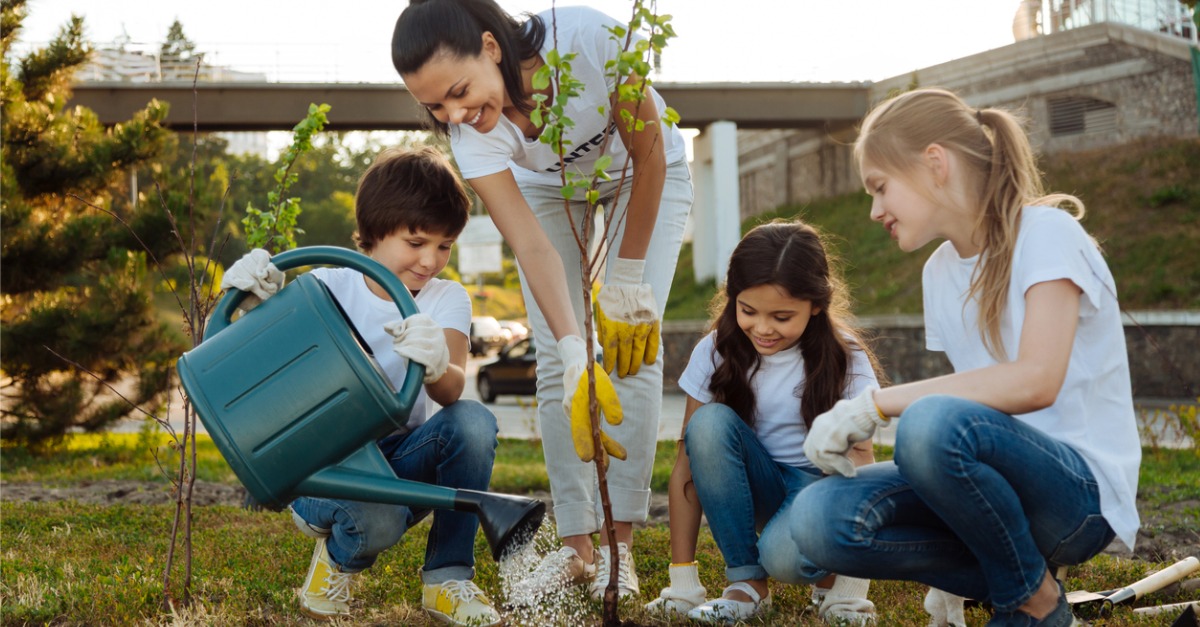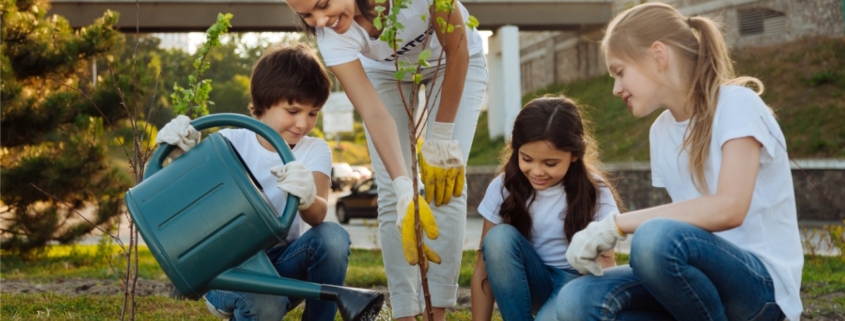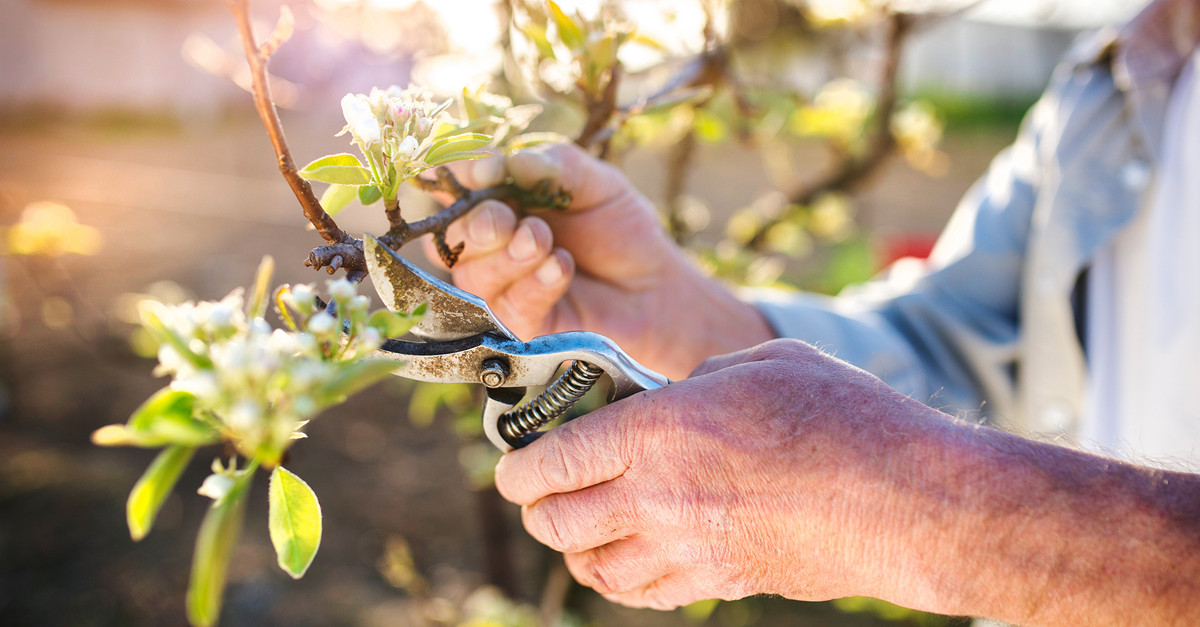How to Keep Your Trees Cool
Scorching summer days are right around the corner. While many of us retreat beneath a shady canopy for a break from the heat, we often overlook the toll hot weather can take on our favorite shade-giving trees. Long periods of heat and direct sunlight can have a serious impact on your trees, so here’s what you should know about keeping them cool through the coming season.
Know the Signs of Heat Stress
Heat stress occurs when trees lose water faster than it can be replaced. Under normal circumstances, trees absorb water from the atmosphere through their leaves and branches, as well as from the soil via their root system. During extreme heat, however, the transpiration process accelerates, and trees lose water at a faster pace. Periods of drought can make the issue even worse.
Signs of heat stress include wilting leaves, internal leaves becoming yellowed, an inability to produce new growth, scorching, dropping leaves, and brown or red spots on leaves. The best way to prevent any of these heat stress symptoms is to keep that damaging heat stress from happening in the first place.
How to Keep Your Trees Cool in Hot Weather
Provide Adequate Water
Most established trees can weather droughts, but you can minimize the risk of heat stress by giving them a soak at least once a month. Be sure to water at the drip line, or the edge of the canopy, which is where most of the trees’ roots will be concentrated. If you don’t have a drip irrigation system set up, direct a garden hose to the area at a low flow.
For young trees (those that have been in the ground for three years or fewer), double up on your normal watering routine during periods of intense heat. Many new trees need 15 gallons of water at least twice a week if the temperature is 90 degrees or higher for an extended time. Water either in the early morning or after sunset to reduce evaporation. Provide water slowly using a slow-release watering bag, drip system, or trickling hose directed at the roots for up to 20 minutes.
Remove Dead Branches
Summertime isn’t the ideal season for pruning, as it’s best to do this when trees are dormant. But if they have seriously compromised branches, address them promptly. Doing so will keep your property safe through summer storms, while also ensuring all the water and nutrients are reserved for healthy growth.
Mulch Around Your Trees
We often think of mulching as a method for retaining heat to protect roots in cold weather — but it can have a similarly beneficial effect in summer, too. Mulch can help your trees’ roots retain moisture during droughts, and provide a buffer against extreme heat. If you haven’t already done so this year, be sure to apply fresh mulch around your trees before the hottest days arrive.
Incorporate Shade
While it’s true that trees provide shade for people, some smaller varieties could benefit from shade themselves. Air beneath trees can be as much as six degrees cooler than air in the direct sun, or even 25 degrees cooler than the air directly above asphalt. Plant deciduous trees with sprawling canopies to the south of any smaller trees or shrubs you’d like to protect from the sun. Maples and oaks are a few of our favorite species to consider.
For healthy trees year-round, turn to Premier Tree Solutions for top-notch care from certified arborists. Our team can help maintain your landscape through trimming and pruning, storm damage cleanup, and care for diseased or damaged trees. Call us at 404-252-6448 for an expert tree consultation or by sending us a message online.










